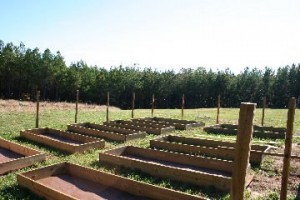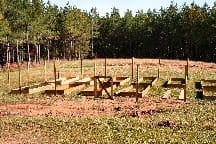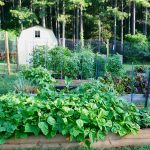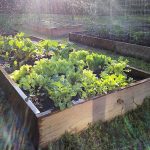This is what the vegetable garden progress looked like in 2008 when we built our raised bed vegetable garden.
by Jeanne
This is what the vegetable garden progress looked like in 2008 when we built our raised bed vegetable garden.



Have you ever wanted to start a vegetable garden, but felt completely lost about what to grow? Here at Home Garden Joy, I specialize in making gardening fun and easy for beginners. Sometimes, the gardening information available is scary. It reads like a cross between chemistry class and a foreign language. Well, I’m here to…

When you improve garden soil, you improve the health of your plants. And, you improve the nutrient quality and quantity of fruits, vegetables, and herbs. There’s an old saying in gardening: The better the soil, the healthier the plants. And the healthier the vegetables, fruits, and herbs you grow in your home garden, the healthier…

Whether you’re new to backyard gardening or just bought your first home and have always longed for the day when you can plant an organic vegetable garden, these tips for starting a backyard garden offer newcomers to the world of gardening useful information to help you be successful. Vegetable gardening doesn’t need to be expensive,…

What to plant in early spring depends on your gardening zone, but there are many great choices for vegetable gardening that can make your backyard garden productive early in the season. Spring Vegetable Gardening With careful planning, the average backyard gardener in most gardening zones in the United States can grow fresh, organic vegetables throughout…
